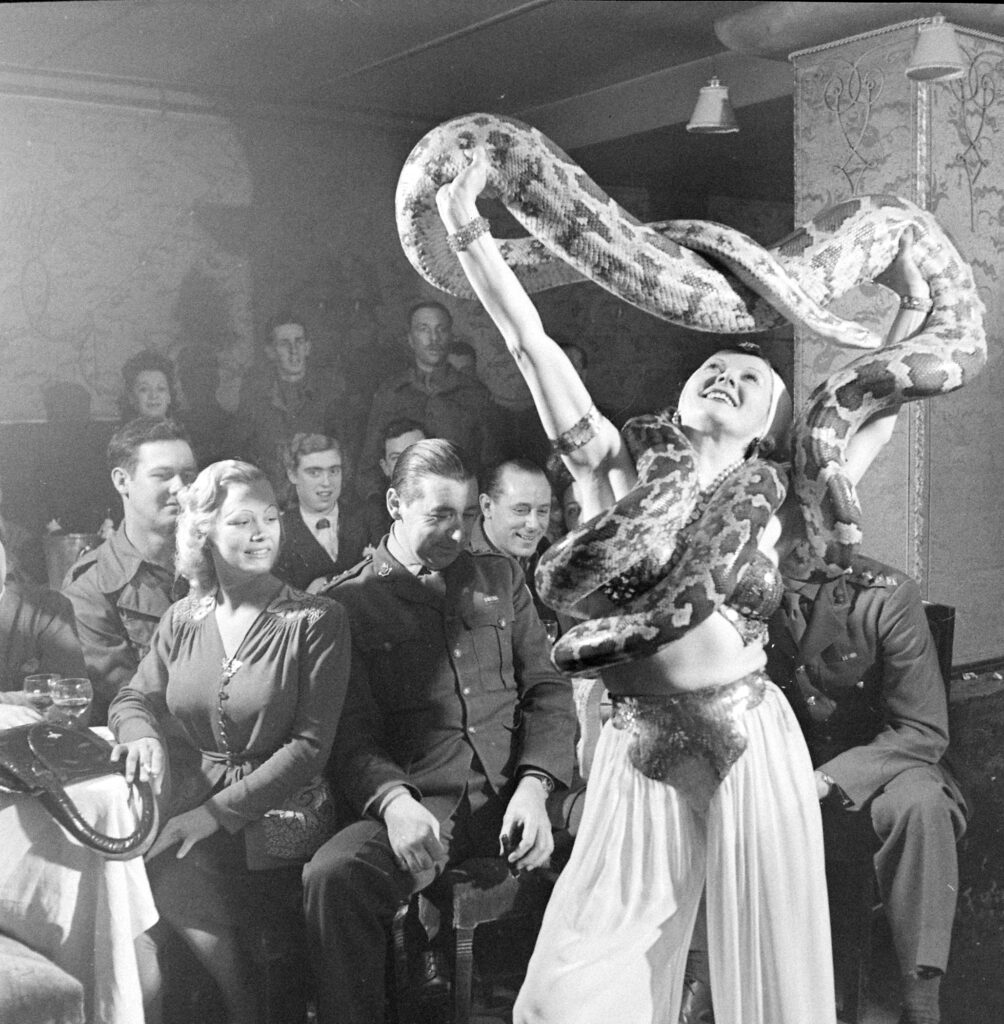William Wordsworth, who helped launch the Romantic age of English poetry, came of age at a time when industrialization was changing the English landscape. He was early in recognizing the value of maintaining and celebrating a connection to the natural world, just as man was starting to make significant encroachments.
In 1950, on the occasion of the 100th anniversary of Wordsworth’s death, LIFE magazine sent N.R. Farbman to photograph the home country of Wordsworth and the landscapes and local characters that inspired him. “The heart of Wordsworth’s poetry is in his profound love of nature,” LIFE wrote. “He also had a great respect for farmers—though they considered him a bit odd.”
The ambitious photo essay, which ran in the July 17, 1950 issue, paired Farbman’s images with verse from Wordsworth. Some of those verses that LIFE used appear here in the captions to the photos (you can read complete Wordsworth poems here), and this story also includes images from Farbman that never ran in LIFE, and so are presented without poetic accompaniment.

This 1950 photo illustrated Wililam Wordsworth’s poem “Solitary Reaper,” which includes the lines: “Behold her, single in the field/You solitary Highland Lass/Reaping and singing by herself;/Stop here or gently pass…”
N.R. Farbman/Life Picture Collection/Shutterstock

LIFE used this image in 1950 to illustrate the Wordsworth poem “Remembrance of Collins,” which includes the lines: “Glide gently, thus forever glide/O Thames! That other bards may see/As lovely visions by thy side/As now, fair river! come to me…
N.R. Farbman/Life Picture Collection/Shutterstock

A gentle river flowing through lonely woody forest where Wordsworth wrote poetry; LIFE used this photo in 1950 to accompany a passage from “Lines Composed a Few Miles Above Tintern Abbey.”
N.R. Farbman/Life Picture Collection/Shutterstock

A Lancashire shepherd holding a four day old lamb while holding a cane in the other hand. LIFE used this 1950 photo to illustrate the Wordsworth poem “The Prelude” which includes the lines: “Where sovereign Nature dictated the tasks/And occupations which her beauty adorned/And shepherds were the men that pleased me first…”
N.R. Farbman/Life Picture Collection/Shutterstock

This photo of Kilchurn Castle in Scotland, was used to illustrate in LIFE the Wordsworth poem “Address to Kilchurn Castle on Loch Awe” which includes the lines: “Child of loud-throated War!the Mountain stream/Roars in thy hearing; but thy hour of rest/Is come, and thou art silent in thy age.”
N.R. Farbman/Life Picture Collection/Shutterstock

The cottage where Wordsworth lived for eight years and wrote his best known poems, 1950.
N.R. Farbman/Life Picture Collection/Shutterstock

Cows grazing near ruins of 13th century Tintern Abbey, about which William Wordsworth wrote, 1950.
N.R. Farbman/Life Picture Collection/Shutterstock

Ruins of a 13th Century Cistercian Tintern Abbey, 1950.
N.R. Farbman/Life Picture Collection/Shutterstock

Beautiful country scene where Wordsworth lived and wrote his poems.
N.R. Farbman/Life Picture Collection/Shutterstock

A shepherd walked with his sheep along country road in the beautiful country region where Wordsworth lived and wrote, 1950.
N.R. Farbman/Life Picture Collection/Shutterstock

The region where Wordsworth lived and wrote his poems, 1950.
N.R. Farbman/Life Picture Collection/Shuttetstock

The region where Wordworth lived and wrote his poems, 1950.
N.R. Farbman/Life Picture Collection/Shuttetstock

A marsh area in the region where Wordsworth lived and wrote, 1950.
N.R. Farbman/Life Picture Collection/Shutterstock

A beautiful country scene where Wordworth lived and wrote his poems, 1950.
N.R. Farbman/Life Picture Collection/Shuttetstock

A beautiful country scene where Wordsworth lived and wrote his poems, 1950.
N.R. Farbman/Life Picture Collection/Shuttetstock

Steps in beautiful country region where Wordworth lived and wrote his poems, 1950.
N.R. Farbman/Life Picture Collection/Shutterstock

The view of the Palace of Westminster from Westminster Bridge in London, 1950.
A beautiful Country scene where Wordsworth lived and wrote his poems.

Big Ben and Parliament seen across the Thames River, 1950.
N.R. Farbman/Life Picture Collection/Shutterstock

Monument dedicated to poet William Wordsworth, 1950.
N.R. Farbman/Life Picture Collection/Shutterstock



























